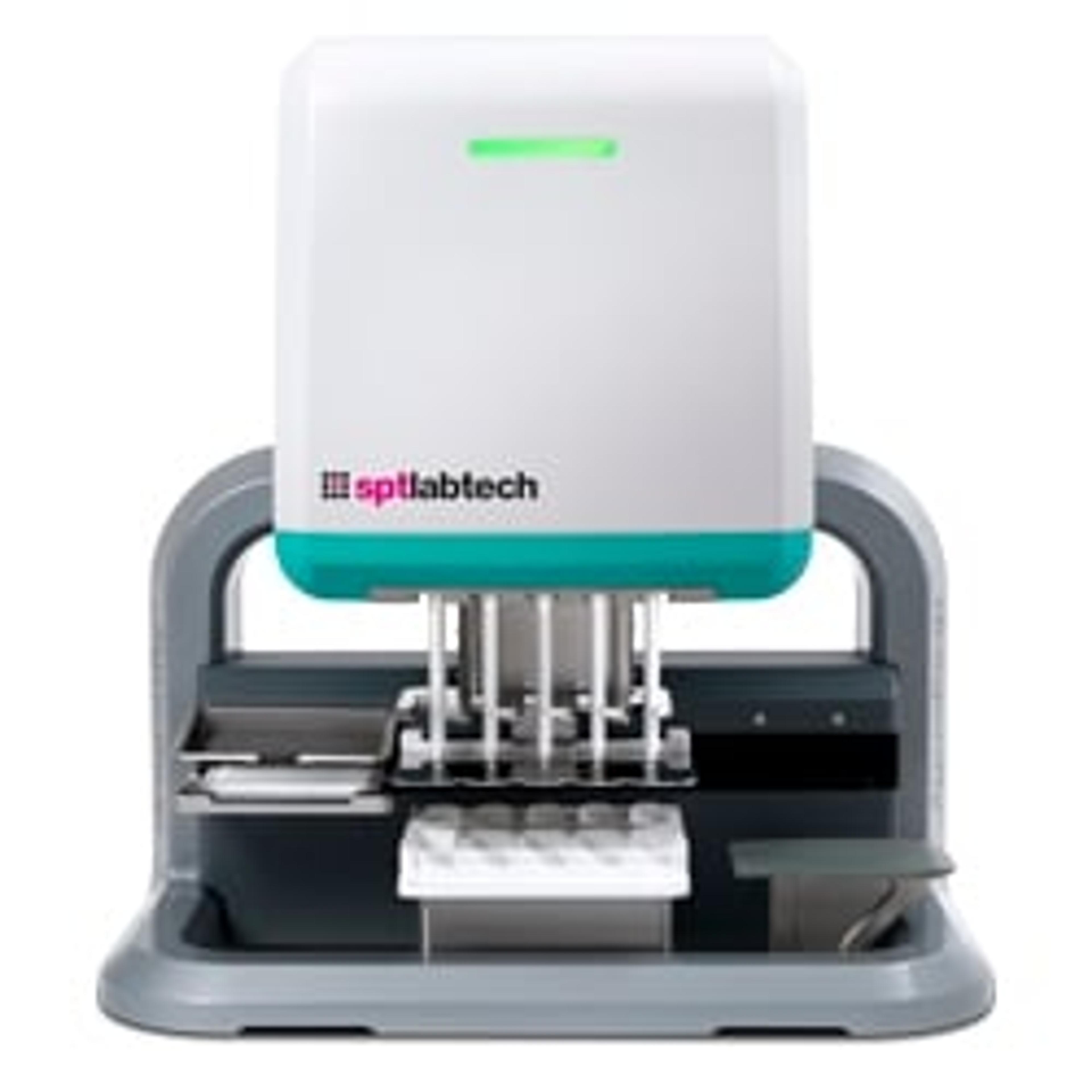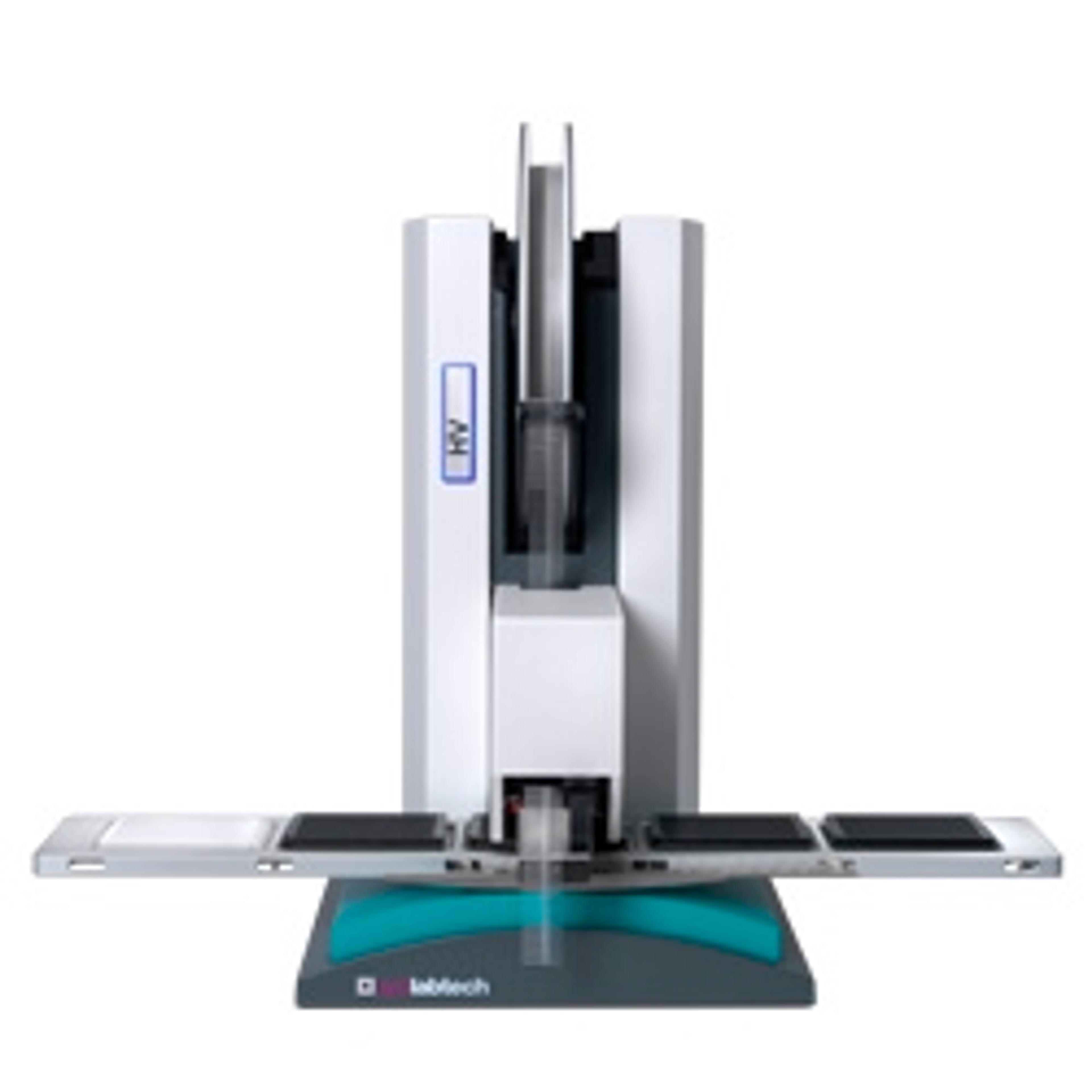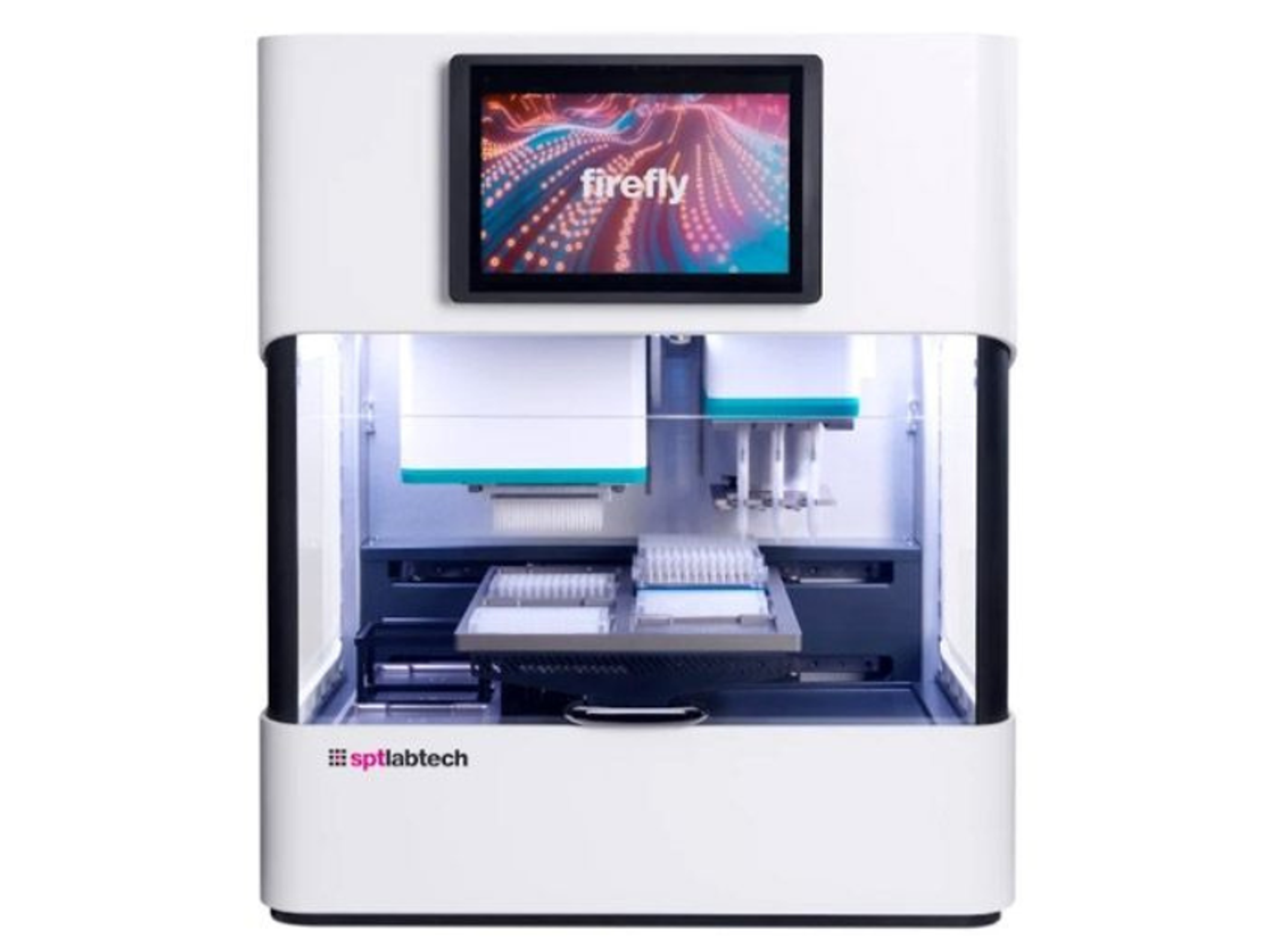The future of research starts with smarter automation
Rob Walton, CEO of SPT Labtech, shares how a customer-centric approach is shaping the next generation of life science research and inspiring ingenuity
24 Jul 2025

Rob Walton, CEO of SPT Labtech
Automation is transforming the pace of life science research, and at the center of this revolution is SPT Labtech. With innovation baked into its DNA, the company is pushing boundaries to deliver game-changing automated solutions. However, behind every breakthrough lies a clear focus: empowering scientists. In this exclusive interview, Rob Walton shares how he’s driving SPT Labtech’s mission to accelerate research and redefine what’s possible in the lab.
SPT Labtech strives to meet the complex challenges of the life science sector with ease, thanks to strong leadership and a forward-thinking team. Having recently moved from the medical devices sector, Walton is keen to relish the challenges that life sciences present.
“One of the most exciting things about being in the life sciences sector is the opportunity to support our partners in the development of next-generation precision medicine that ultimately can target, treat, prevent, and maybe even eliminate diseases in the future,” Walton reflects. “Life sciences is a pretty dynamic industry, and we have to pivot quickly and, being a smaller company, we are able to cut through some of the corporate layers and make rapid decisions to meet these challenges.”
Driving down sequencing costs
Across the market, there are rapid advancements in genomics and sequencing, including an increased interest in multiomics data, which presents both challenges and opportunities for SPT Labtech. At the core of this evolution, Walton understands that experiments need to be faster, more reliable and more cost-effective while delivering insightful biological data. With key players continuing to drive innovation in sequencing platforms, for example, there has been a welcome reduction in the cost of genome sequencing. “If we can help bring routine genome sequencing costs down to under $100, that’s a huge step forward,” Walton adds. “It really democratizes the science – opening it up to more researchers and ultimately better therapies.”
However, this will only be truly possible with the development of intelligent automation for sample preparation and management. Whilst many automation solutions remain bulky, complex or inflexible, SPT Labtech is taking a different approach. “We’re building compact, flexible, and easy-to-use tools that help researchers do more, faster,” Walton says. “An issue all researchers have is labs are very busy and lab bench space is at a premium. Therefore, we look to develop systems that have the right footprint as well as the required reproducibility, throughput, and level of automation.”
Freeing up researchers to focus on the science
Walton is keenly aware that SPT Labtech’s solutions need to be easy to use. “Researchers are busy, and they don’t have the time to be highly skilled software engineers,” he comments. “You want to be able to use a system in the same way you use your personal electronics, with an easy-to-use interface that is easy to program, easy to set up, easy to build, and easy to configure. That really enables researchers to be able to do more quickly, effectively, and get the best out of the automation equipment that they've got.”
The team at SPT Labtech is designing automation to meet the next decade of scientific discovery. “As new techniques and new methodologies come through, we're trying to develop solutions that enable us to be able to cope with all of the new emerging types of protocols and workflows and assays,” Walton shares. From next-generation therapeutics like PROTACs, to organoid models, automation is going to continue to play a critical role in sporting high-throughput, high-precision research. “In drug discovery, we are also seeing the application of AI and machine learning, which then increases the requirement for precise, consistent, and reproducible data,” states Walton. “Obviously, with automation, that lends itself entirely to generating that data quicker and more reproducibly.”
A cycle of collaboration that powers progress
To continue developing cutting-edge solutions, SPT Labtech keeps customer partnership at the heart of its processes. For SPT Labtech, success is not defined by units sold, but by the scientific insight those units enable. “Being a trusted partner isn’t just about the sale – it’s about supporting science, every step of the way,” says Walton. The company’s R&D processes are based on a continuous feedback loop with inputs from end-users, field scientists and application scientists funneled back into product development, ensuring that the tools developed are meeting the ever-changing real-world needs of scientists.
SPT Labtech aims to build on the strong decade of development by nurturing both its team and its strong relationships with customers. “We keep in really close touch with the customer at all points through the cycle and feed that information back into how we develop not only our products, but also our partnership solutions and our internal teams,” shares Walton. “This cycle is vital to ensure our customers have a great experience and, if the customers have a great experience working with SPT Labtech, then we know we've done our job and that's success from our point of view.”
Under Walton’s stewardship, SPT Labtech is entering an ambitious new phase, focusing on scaling access, broadening partnerships and expanding globally. “I’m excited about the product pipeline and the opportunities we have to expand the business,” Walton comments. “We’ve got a great team here at SPT Labtech, as well as great products, and have great success over the last 10 years, but this is only really the beginning.”



